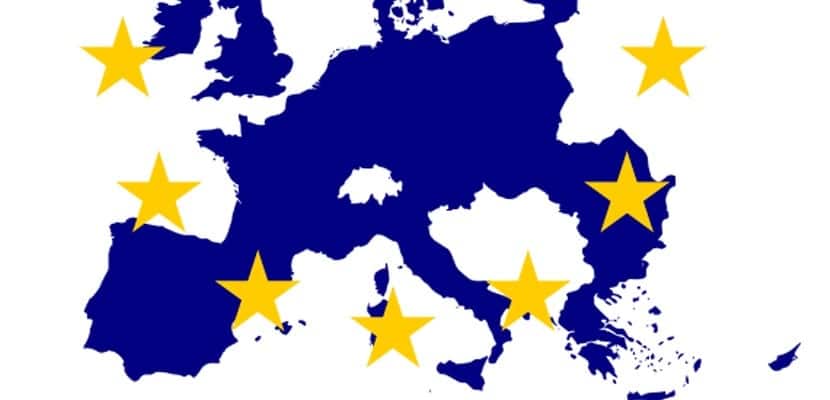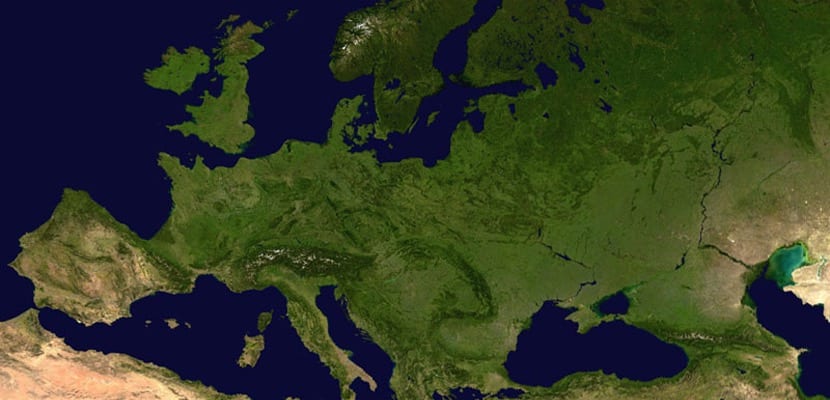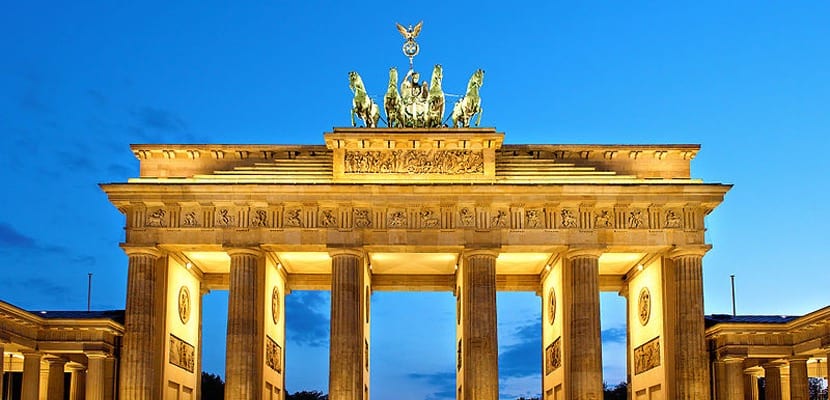
The old continent is a place full of history, where there are many cultures that intertwine and famous places that we have all put on our list of trips to do. Despite having a small size compared to other continents such as America or Asia, its cultural and historical wealth makes Europe one of the most important and interesting continents.
There are many basic facts and information about Europe. Some of this data may sound familiar, but many others are even amazing. So we are going to do a compilation of this information from Europe that can be interesting.
Languages

In Europe there are a total of Currently 24 official languages, some well known and others not so much. The most used are Russian, Italian, English, German or French. There are also other lesser-known official languages, such as Turkish, Serbian, Romanian, Polish or Macedonian.
In addition to these official European languages, there are more than 60 regional and minority languages that can be co-official in the countries, as in Spain with Basque, Catalan and Galician. There are also others in Europe, such as Frisian, Welsh, Sami or Yiddish. They are spoken by small communities, but despite everything they are trying to maintain this linguistic richness.
The large most languages are of Indo-European origin, which are believed to be related to each other in their origins, such as the Romance languages that are derived from Latin, Germanic, Slavic or Celtic languages. However, there are also some non-Indo-European languages, such as Basque or Arabic.
Geography

The first thing to know is that Europe is not a continent in itself itself, but it is called like that based on political issues, but not geographic, because it is not a land mass differentiated from Asia. Both form a mass called Eurasia. The other continents are due to geographical reasons, such as Africa or Oceania.
The limits of europe they are found in the North Cape and the polar cap to the north and in the Atlantic Ocean to the west. In its southern zone it is delimited by the Mediterranean Sea, the Black Sea and the Caucasus. To the east are the Ural Mountains and the Ural River. These borders have been modified as history has changed.
El relief of this continent is not very complex, with a great central plain and some mountainous areas, with quite old mountains. In general, it is a combination of plains and mountains that offers a great ecological and climatic variety.
Fun facts about Europe

Europe is a continent with a lot of history, with many curious facts that can be interesting. In a matter of sizes, Russia is the biggest country and the Vatican the smallest, since it is considered a country although it is within the limits of Rome. There are also other micro-countries such as Liechtenstein or Andorra.
Europe is the second smallest continent in the world, after Oceania. It has about 10,180.000 square kilometers and about 700 million people live in it, although it is the continent with the lowest birth rate, so the population is increasingly aging. Its largest city is Paris, with about 11 million people.
It is estimated that in the Second World War 32 million died people in Europe, which is 2,5% of the current world population. Throughout its history, with its wars and conquests, some 70 countries have been disappearing from the map, which has changed its appearance. Originally 80 to 90% of Europe was forest, but today only 3% remains in Western Europe.
This name for Europe is believed to come from an ancient Phoenician princess from Greek mythology. They refer to the daughter of King Tire, of whom there is a story about her abduction, when Zeus took her to Crete.
History of europe

Europe as a continent has evidence dating back to prehistory, with Neanderthal man, who was indigenous to Europe, and Cro-Magnon, Homo Sapiens from which modern man is derived. The history of the continent is very complex, going through milestones such as the time of the Roman Empire, its fall, the Middle Ages, the Modern Age, which is supposed to reach the XNUMXth century, and the present age, with the two World Wars and the final constitution of the European Union, in which we currently live and which is still subject to change.
The process of the European Union dates back to the 50s, but its own constitution was carried out on November 1th 1993, when the Treaty of the European Union enters into force. It is made up of 28 European states, and aims to integrate and share the organization of all of them. There are also outermost regions that belong to the EU, but which due to their remoteness are exempt from some laws and obligations, such as the Azores, Madeira or the Canary Islands.
Travel to Europa

If we are going to travel to any of the 28 member countries of the European Union, we must know some details. The citizens of the European Union They can travel without ID and without a passport if they move through the countries of the Schengen area, which is a common area in which there are no longer borders for citizens. If you go to Bulgaria, Croatia, Cyprus, Ireland, Romania or the United Kingdom, you must carry a valid ID or passport, since they do not belong to the borderless area.
For those who are not community You need a passport valid up to three months after the expected date of departure from the country of the European Union, and which has been issued at least ten years ago. You also have to make sure that you don't need a visa. There are some countries that do not need it due to international agreements, although the vast majority do require it, so you have to consult the requirements to travel, since your application takes a certain time.